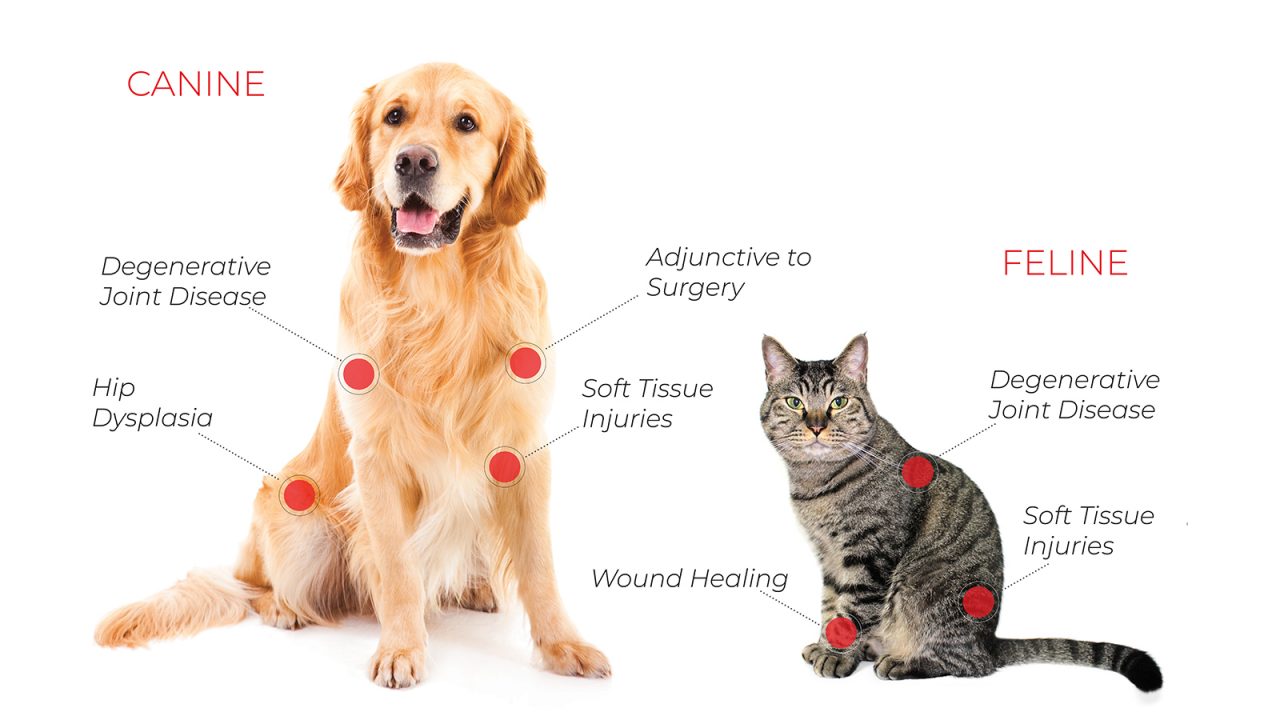PRP – Platelet Rich Plasma

Platelet rich plasma is a portion of the blood that has been processed, to contain a higher concentration of platelets than in the whole blood. In addition to cells, PRP contains other growth factors and substances that are normally in the plasma, such as insulin-like growth factor 1 (IGF-1).
The rationale for using PRP is that platelets contain many growth factors and signaling molecules in their granules. The most important of these are considered to be transforming growth factor beta (TGF-β1) and platelet derived growth factor (PDGF). These growth factors reduce the expression of inflammatory cytokines, such as IL-1 and TNF-a, which dampens the neutrophil response and the production of destructive matrix metalloproteinases (MMPs). Additionally, they encourage proliferation and differentiation of resident cells. The goal is that the body’s natural healing response is enhanced by delivering a high concentration of growth factors directly to the site of injury.
The most common way to prepare PRP is to draw the patient’s blood and then separate the blood using a centrifuge. The platelets can then be activated before injection causing them to release the contents of their granules and will also start clot formation.
In veterinary medicine, PRP has most often been reported for tendon/ligament injuries and osteoarthritis.
PRP or Platelet Rich Plasma is a convenient same day treatment that harnesses the healing abilities of the patient’s blood platelets. Veterinarians utilize the treatment in conjunction with common surgeries or as a part of treatment plans to combat injury and disease.